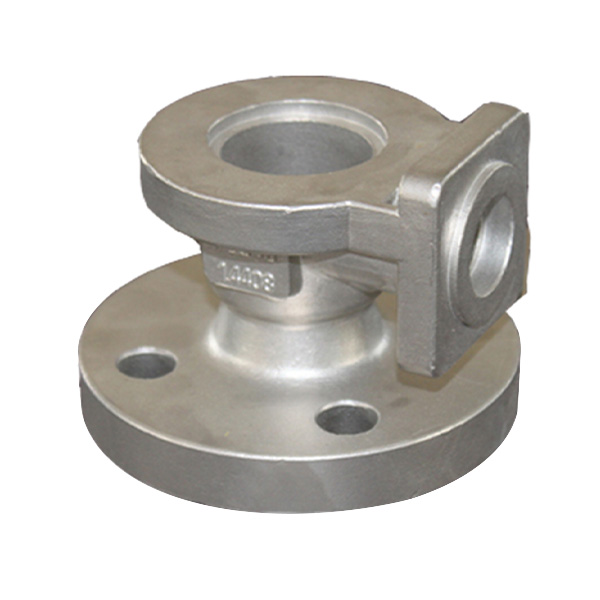Mobile:+86-311-808-126-83
Email:info@ydcastings.com
Design and Functionality of Centrifugal Fan Impellers for Efficient Airflow Performance
Understanding the Centrifugal Fan Impeller Design and Functionality
Centrifugal fans, commonly used in various industrial applications, rely heavily on an essential component known as the impeller. The impeller plays a crucial role in the operation of these fans, as it is responsible for converting the rotational energy from the motor into kinetic energy that results in airflow. This article delves into the design and functionality of centrifugal fan impellers.
The design of a centrifugal fan impeller typically consists of a series of blades arranged around a central hub. As the motor spins the hub, the blades create a centrifugal force that draws air into the fan and propels it outward. Unlike axial fans, where air flows parallel to the fan's shaft, centrifugal fans achieve a change in airflow direction, allowing for higher pressure increases. This makes them ideal for applications requiring the movement of air against significant resistance, such as in HVAC systems or dust collection processes.
One of the key design considerations for centrifugal fan impellers is the blade shape and angle. Impeller blades can vary in geometry, affecting their performance characteristics. For instance, backward-curved blades are commonly used for their efficiency and lower noise levels, while forward-curved blades are favored in applications requiring high airflow at low pressure. The selection of blade design depends on the specific application requirements, including desired airflow rate, temperature, and static pressure conditions.
centrifugal fan impeller

Material selection is another critical aspect of impeller design. Impellers can be constructed from various materials, including metals, plastics, and composites. The choice of material often affects durability, weight, and resistance to corrosion or abrasion, especially in harsh industrial environments. Additionally, advancements in manufacturing techniques, such as 3D printing, have allowed for more intricate and optimal designs that can improve performance and efficiency.
Maintenance is vital to ensuring the longevity and efficiency of a centrifugal fan impeller. Regular inspections can help identify wear or damage to the blades, which can significantly affect performance. Cleaning of the impeller is also essential, particularly in applications that handle particulate matter or fibrous materials, as buildup can impede airflow and increase energy consumption.
In summary, the centrifugal fan impeller is a fundamental component that facilitates efficient air movement in various industrial settings. Its design, comprising specific blade shapes and materials, directly influences the fan's performance and efficiency. By understanding the intricacies of impeller design and maintenance, industries can optimize their ventilation systems and energy usage, ultimately leading to improved operational efficiency.
-
Why Should You Invest in Superior Pump Castings for Your Equipment?NewsJun.09,2025
-
Unlock Performance Potential with Stainless Impellers and Aluminum End CapsNewsJun.09,2025
-
Revolutionize Your Machinery with Superior Cast Iron and Aluminum ComponentsNewsJun.09,2025
-
Revolutionize Fluid Dynamics with Premium Pump ComponentsNewsJun.09,2025
-
Optimizing Industrial Systems with Essential Valve ComponentsNewsJun.09,2025
-
Elevate Grid Efficiency with High-Precision Power CastingsNewsJun.09,2025











